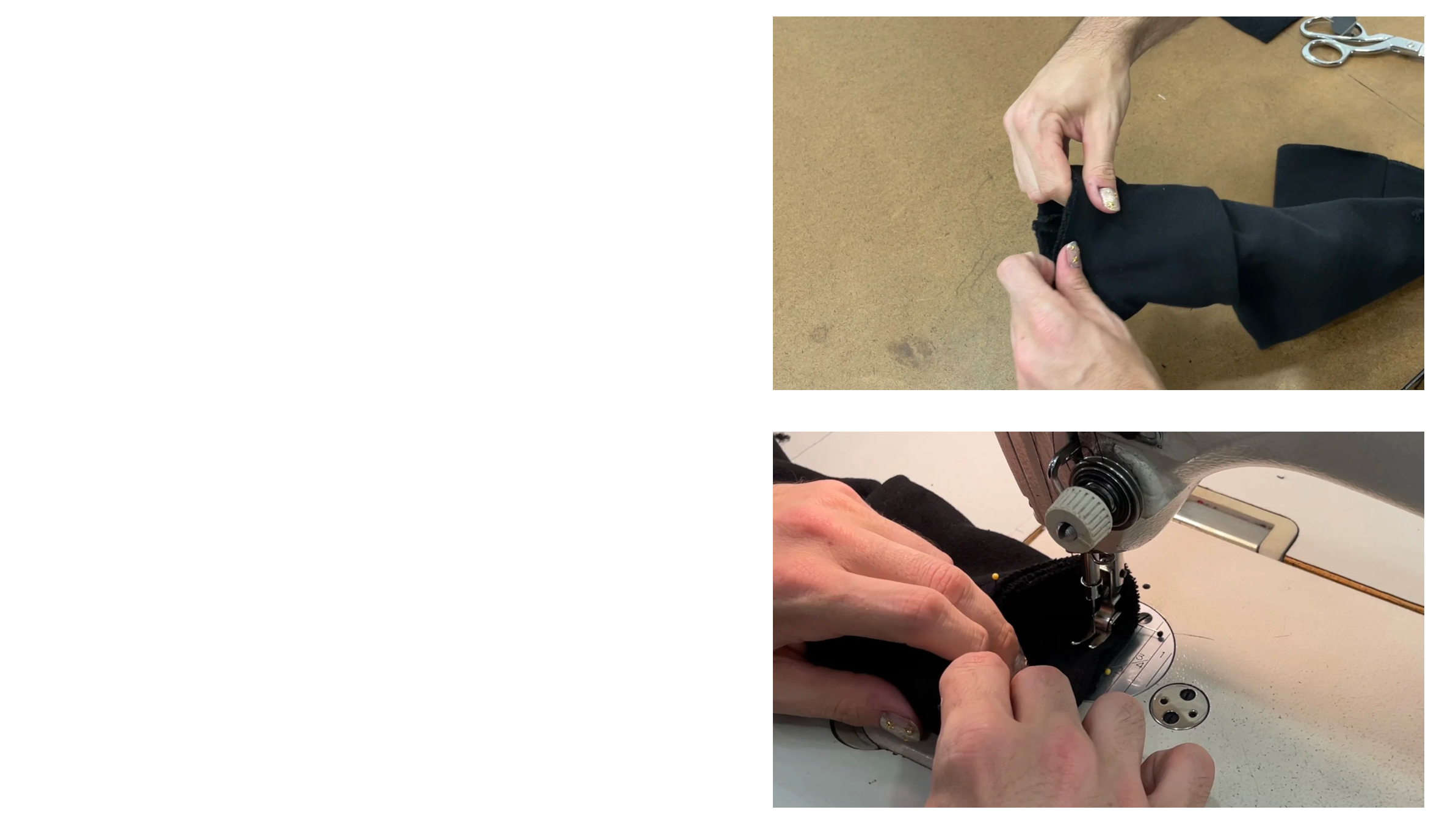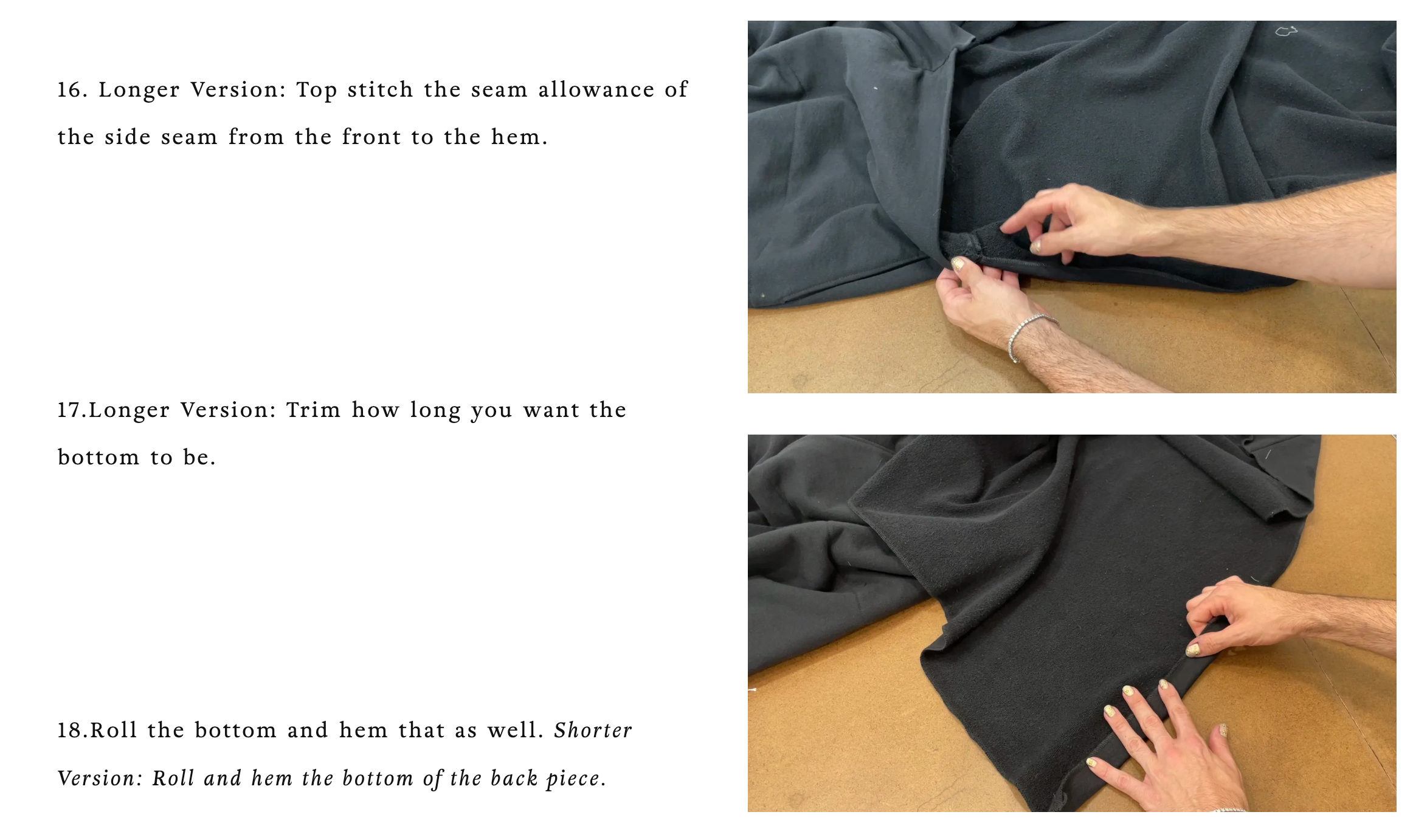The Obscuras Hoodie Sewing Pattern Guide
allowfullscreen="">
Hello, and welcome to the Obscuras Hooded Cloak!
As always I HIGHLY suggest making a cotton Muslin mock-up! You want to make sure you don’t need to make any alterations before hopping into your real fabric.
























